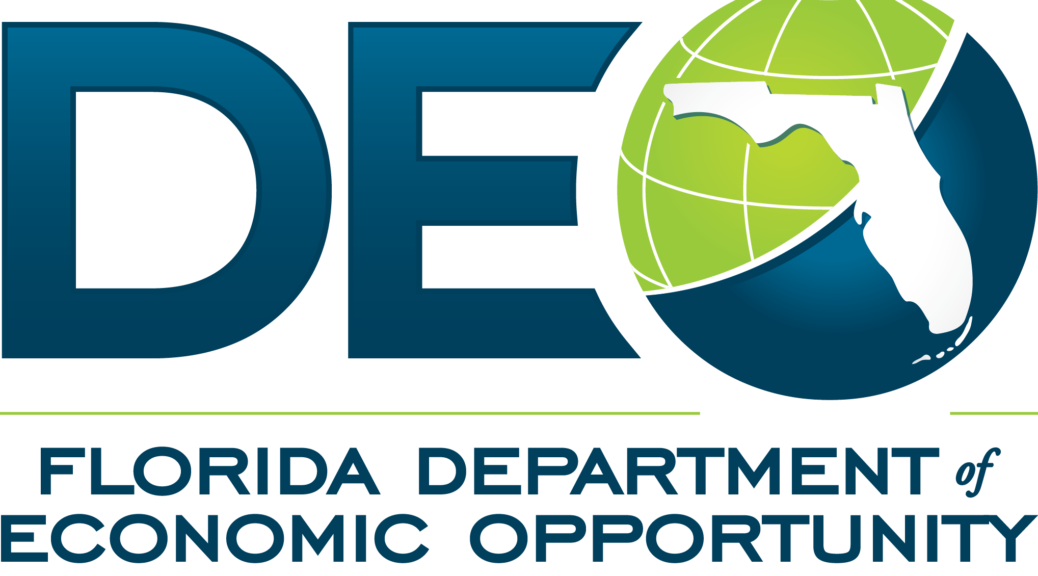Recently, a client called to ask about an employee who had complained about a back and shoulder injury. The employee told his foreman that he did not feel that he was physically capable of performing his normal work duties as a construction laborer due to pain. He asserted that it was a workers’ compensation case – so the company alerted the carrier about the potential claim. The employee was out of work for about two weeks and then asked human resources if he could come back to work in a light duty position, or in a different position that was not as physically demanding. If the injury is determined not to be work related, how is the company able to know what the employee can do, and not do? Answer – request that the employee have his medical provider complete a fitness for duty form to be sure he is ok to continue his normal work duties.
An employer has the right to request a fitness-for-duty exam of a current employee when it has a reasonable belief (based on objective evidence) that: (1) the employee’s ability to perform his/her essential job duties is impaired by a medical condition, or (2) the employee poses a direct threat to themselves or co-workers due to a medical condition. In my client’s case, the employee had actually told his foreman that he could not perform his job because of his neck and shoulder injury. The foreman could also use observed performance problems that are reasonably attributable to a medical condition.
In our case, the laborer worked on a pipe crew, and the employee was expected to work in and out of trenches, move material, climb ladders, dig and assist with related tasks. He stated that his shoulder and neck injury did not allow him to lift, twist, climb or maneuver on the job site (as needed). The employer also believed that the employee poses a direct risk of injury to himself. As a result, the company is allowed to send him to a qualified medical provider to determine if he is fit to perform his job. The medical provider can be provided with a fitness for duty form and a job description to help ensure an accurate determination. The use of a Fitness for Duty form is permissible because the inquiry is job-related and consistent with a business necessity. The company can assign the medical provider or allow the employee to use a doctor of his own choosing.
Another permissible use of a Fitness for Duty form is to substantiate the medical necessity of an accommodation request. In our case, the employee asked to be placed in another job (as an accommodation to his neck/shoulder injury), so the company is entitled to ask the employee to take the Fitness for duty form to their personal medical provider (along with a job description) for completion. If the employee’s information (and answers on the form) is inadequate, incomplete or insufficient to establish the employee’s need for an accommodation, the company can direct an employee to visit a medical provider of its choice.
Lastly, under Family and Medical Leave, an employer may request that an employee returning from a medical-related leave of absence bring back a medical certificate establishing that he/she is able to return to perform the essential job functions.
Click Here to download a sample Fitness for Duty form.
Consultstu LLC provides fractional HR services to small/mid businesses to lower operational costs, improve business processes and comply with workplace regulations. We deliver customized HR and risk management solutions that provide protection from expensive mistakes and strategies to improve workplace results. Call us at 727-350-0370 or visit http://www.consultstu.com









